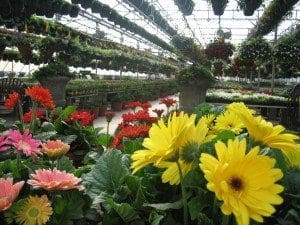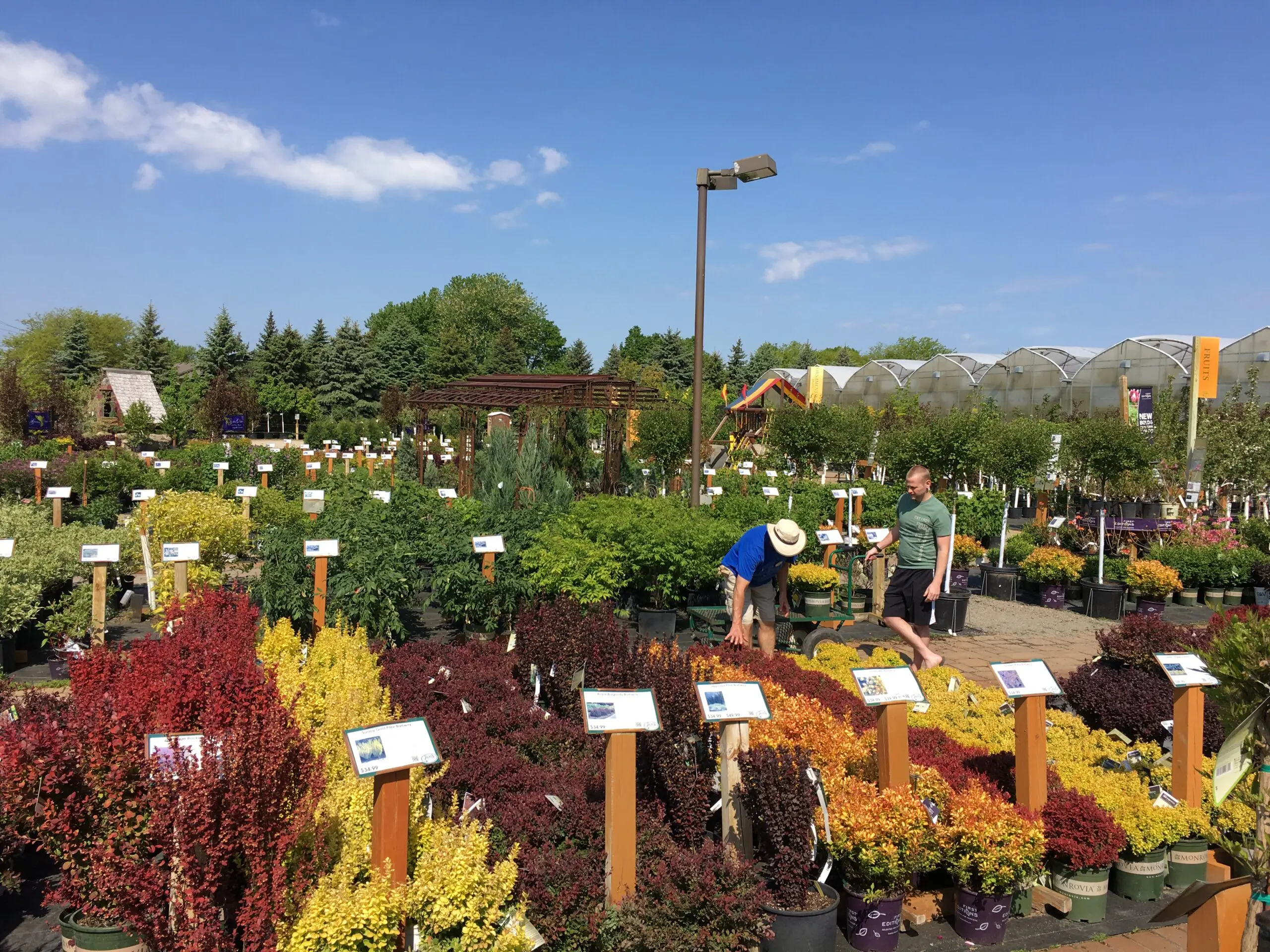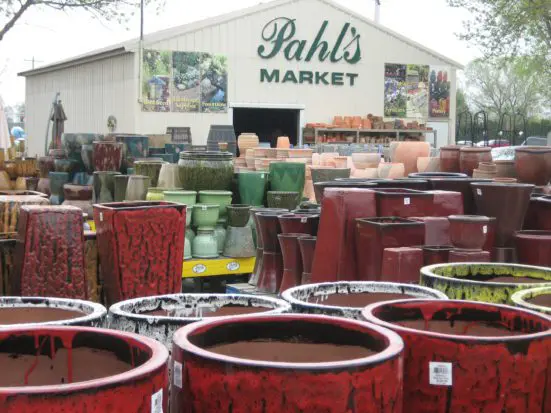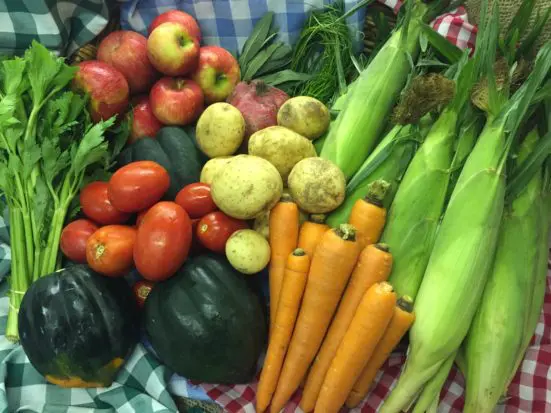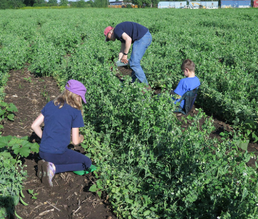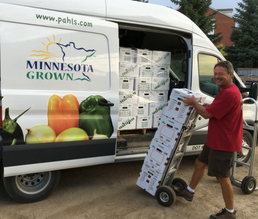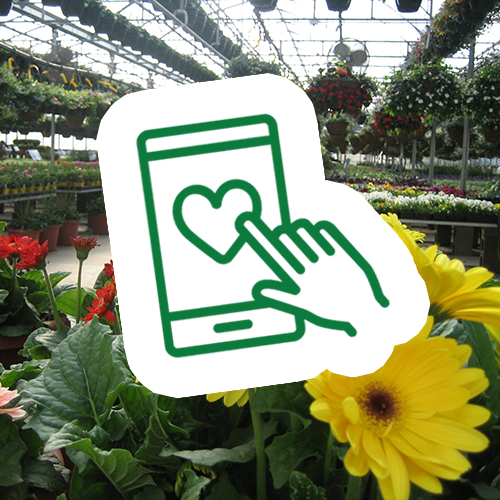Although it’s most commonly associated with tomatoes, Blossom End Rot is a serious disorder which affects tomatoes, peppers and eggplants, all of which are commonly found in home gardens. Gardeners will notice a sunken decayed spot developing on the blossom end of the fruit. It starts as a small, water-soaked area and may eventually cover the entire bottom half of the fruit leaving an ugly, unappetizing leathery lesion. Blossom End Rot often affects the earliest fruit of the season, sending gardeners into a tailspin after having nurtured their plants all summer. Blossom End Rot is a physiological disorder caused by a lack of calcium in the fruit. Calcium is used in relatively large amounts by these fruits as they ripen. Calcium levels in the soil and in the plant vary widely during periods of drought and high heat followed by periods of heavy rain. These conditions cause wide variations in the availability of calcium to plants at the critical time for fruit development. Most plant foods will not provide calcium in a form that is easy to absorb, and therefore may not help with this calcium deficiency.
Bonide’s Rot Stop products provide a water soluble calcium source for plants which is easily absorbed and which addresses the calcium imbalance which causes Blossom End Rot.
Blossom End Rot Facts:
- Affects tomatoes, peppers and eggplant
- Caused by lack of calcium in the soil
- Very common in hot weather with alternating periods of heavy rainfall and drought
- Affected by soil pH – maintain at about 6.5 – use lime early
- Causes watery brown rot area at blossom end of fruit on the plant
- Is not a disease – not caused by a pathogen like some blights
- Ruins fruit just before or as it ripens
- Avoid moisture stress.Use mulch to keep the soil evenly moist.
- Don’t over-fertilize.Too much nitrogen during early fruiting, especially with nitrogen made from ammonia, ties up calcium in the soil chemistry.

